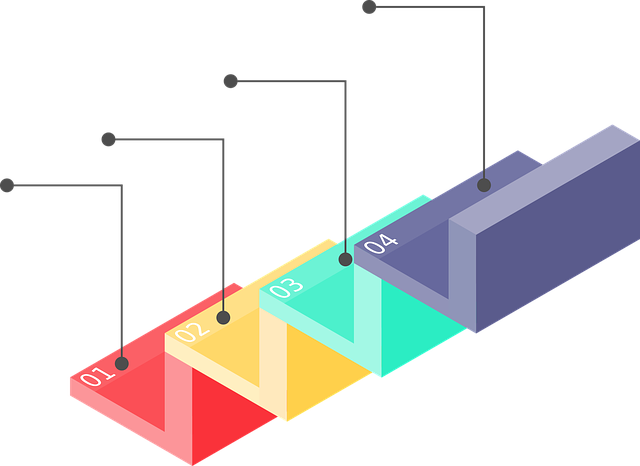
Even if you have never built a house, you know that structure and design are important. You’ve likely considered a home’s layout and ease of use—not just its square footage. Perhaps you prefer a kitchen with plenty of cabinets or counter space, or maybe a bathroom with dual sinks. You might want a porch, or you may prefer a single-level home over one with stairs. Regardless of your preferences, when the time comes to get a new home, you have specific structural elements in mind to make it functional for your needs.
When designing a website for your company, you should have the same mindset. While your website doesn’t need to be the largest or most extravagant, it does need to be structurally sound. Your website’s structure is like the foundation of a home—it must be strong and well-planned to support everything users need to do on your site.
What Is Website Structure?
Sometimes referred to as website architecture, a website’s structure refers to how it is organized. This includes your site’s pages, internal links, and overall page arrangement. Structure is vital because it dictates how visitors navigate the site, how pages interact with one another, and how search engines index your content for search results. There are four main types of website structures, so it’s important to choose one that best suits both your needs and your clients’ needs.
If you’re unsure how structurally sound your website is, there are various web tools available to test it. Some of these include Onspring, Resolver, and site audit tools on Semrush. If you’d like a more personalized approach with answers to your questions, be sure to reach out to the web development experts at Page Progressive.
The Benefits of a Well-Structured Website

Having a well-organized website structure isn’t just a “nice-to-have” feature—it plays a crucial role in boosting your SEO efforts. A well-structured site enhances user-friendliness, accessibility, and discoverability. The right structure can significantly impact key engagement metrics such as time on page, visit depth, and bounce rate. Here are some of the SEO benefits of a solid website structure:
-
Helps search engines find and index your site’s pages – An organized structure makes it easier for search engines to follow links and identify new pages while minimizing the risk of orphan pages (pages without internal links).
-
Provides additional page context – If search engines struggle to understand a page’s purpose and content, it can negatively impact your organic rankings.
-
Improves your website’s authority – The more structured and interconnected your site is, the stronger its authority in search rankings.
-
Enhances user experience – A well-structured website helps visitors find what they’re looking for quickly and efficiently. For example, if you run an online home furnishings store, having logical categories (e.g., curtains, seating, flooring) makes it easy for visitors to navigate and ultimately make a purchase.
What Type of Website Structure Is Best for You?
The great thing about website structures is that there’s no one-size-fits-all approach. There are four main types of structures, allowing you to choose the one that best aligns with your goals.
1. Linear Website Structure (Sequential)
Best for smaller websites, a linear structure guides visitors through a series of linked pages in a specific order. This design is ideal for leading users toward a specific goal, such as reading a blog post or completing a purchase. Its simplicity minimizes distractions, keeping visitors on track. Common features of a sequential structure include:
-
Clear progression
-
Storytelling-style navigation
-
Visual hierarchy
-
Focused user journey
-
Integrated calls to action
2. Hierarchical Website Structure (Tree)
One of the most commonly used structures, a hierarchical setup means each page has a parent page but can also have multiple subpages. This structure supports multiple navigation approaches, making it an excellent option for websites with varied audience needs.
3. Webbed Website Structure (Matrix)
A webbed structure offers a more fluid navigation experience, allowing users to move freely between sections. While this approach provides greater flexibility, it also requires more maintenance and internal linking. A well-known example of a matrix-structured website is Wikipedia. Key features of this structure include:
-
Organized content categories
-
A dynamic homepage
-
Search functionality
-
Multidimensional navigation
-
User personalization
4. Database-Driven Website Structure
This structure sources content from a centralized database, making it ideal for large websites or e-commerce platforms. Sites like Pinterest use this approach to manage vast amounts of data while ensuring seamless navigation.
Choosing the Right Structure for Your Website
Just as different homes have different foundations based on their intended use, website structures should be chosen based on your business goals. The right structure ensures your site has a solid foundation, helping both users and search engines navigate your content effectively.
If you suspect your website’s structure is impacting its performance or if you’d like a professional site review, reach out to the team at Page Progressive. We’d love to help you build a site that meets your needs.
